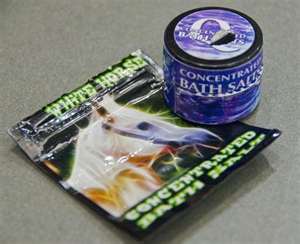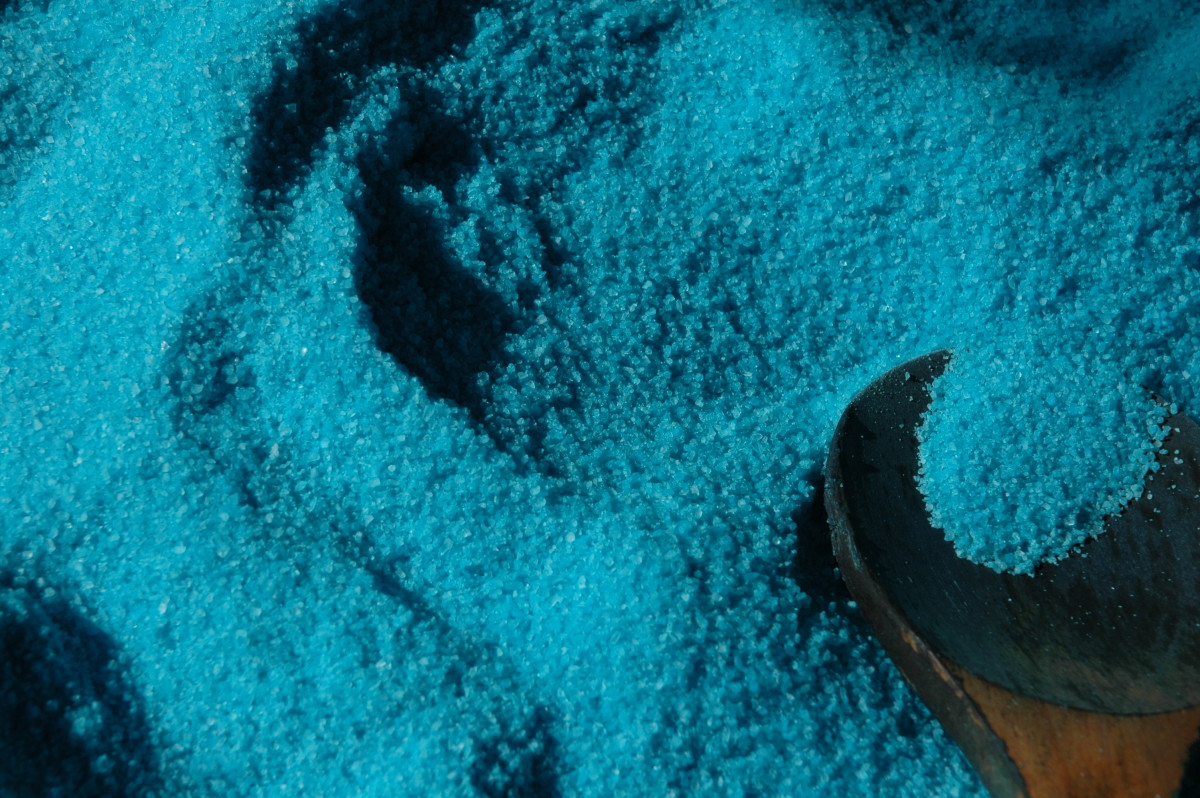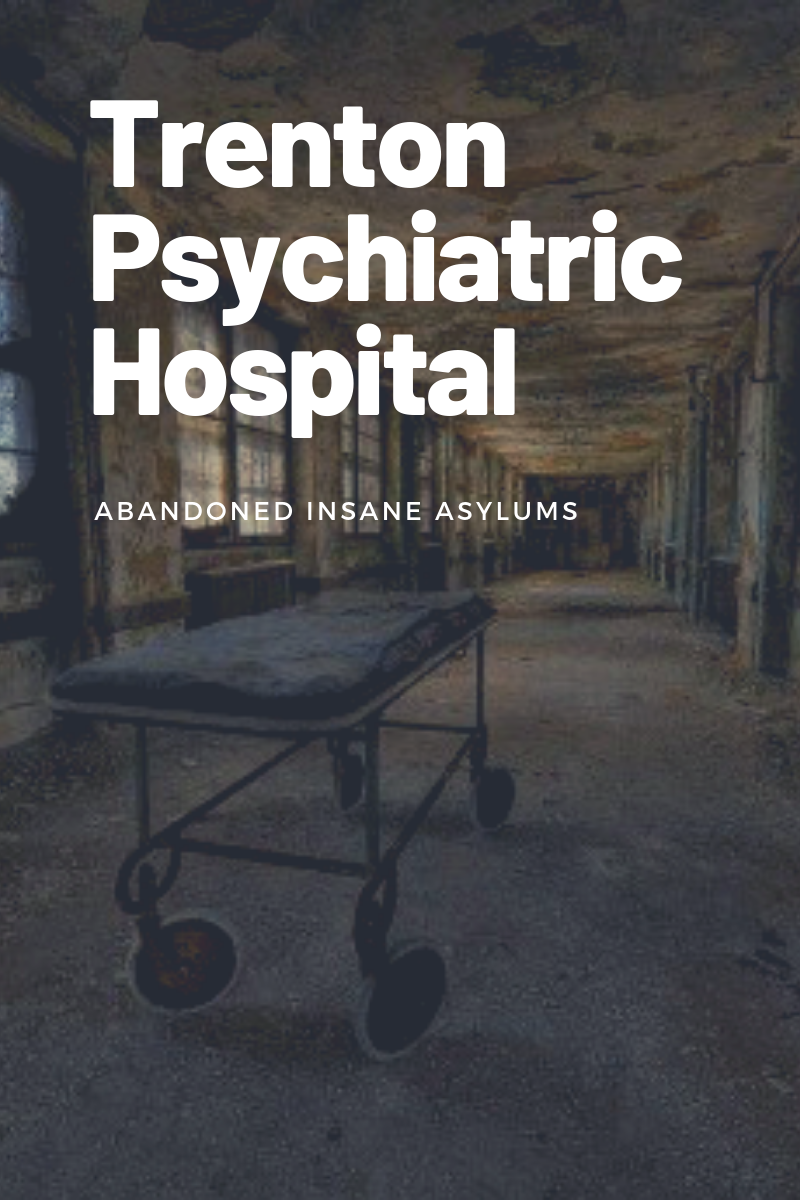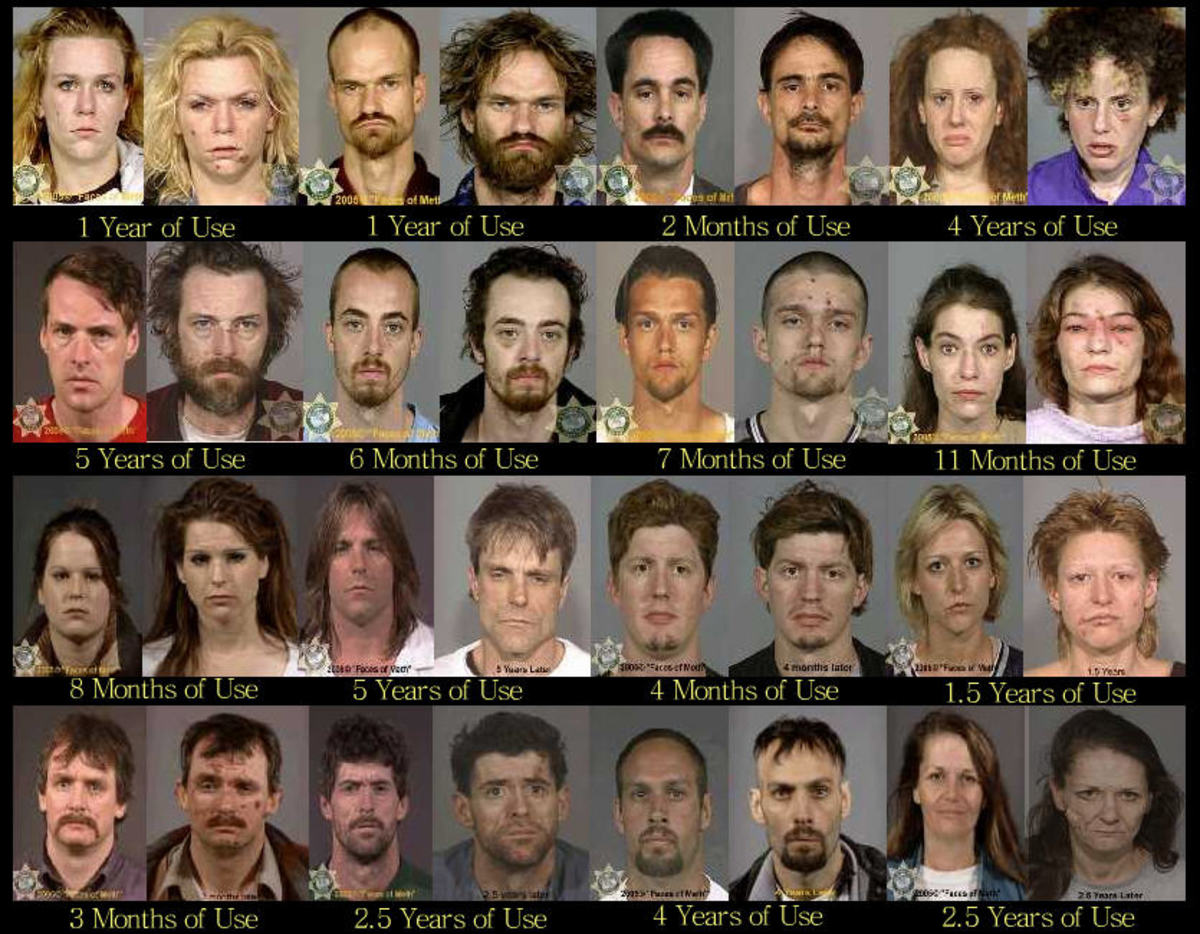- HubPages»
- Health»
- Mental Health»
- Addiction
Bath Salts Emergencies

Brian is pacing back and forth in the Emergency Room. He is agitated and demanding to speak to the Doctor in charge. Two minutes ago he was crying uncontrollably, begging forgiveness for the harm he had done, and saying he didn’t want to live anymore. When they had walked in to the ER he was laughing loudly and for no apparent reason.
Celia, Brian’s wife explains that they are from out of town attending a convention. Brian had begun to act strangely last week after they first arrived. He had admitted to her that he had snorted bath salts with a friend in an attempt to get a cheap cocaine high. Celia had been watching Brian in their hotel room and had been able to manage him. He is not getting better, though. He is getting worse, and she is getting worried. He is talking to people who aren’t there. He complains of chest pain and thinks a cult has been following them. At times he is very short tempered.
Monica, the RN on duty is on the phone with the insurance reviewer and learns that Brian was in the hospital psychiatric unit in his hometown two months ago, also for snorting bath salts. She is making arrangements to transfer Brian to the psychiatric hospital nearby, and hopes it doesn’t take 24 hours to get authorization. She is getting reports from ER staff that Brian is getting increasingly agitated and they are concerned he will harm someone in the waiting room, or wander off and harm someone or himself.
In 2010 there were a total of 303 calls to Poison Control Centers in the US related to exposure to bath salts. On May 12, 2011 there had been 2,237 calls so far in 2011. As of July 31, 2011 there have been 4,137 calls in 2011.
A weekly report by the Centers for Disease Control and Prevention (CDC) shared findings of an investigation into Emergency Department visits after use of bath salts in the State of Michigan from November 13, 2010 to March 31, 2011. The report explained what bath salts are and then investigated 35 patients who were seen in emergency departments for exposure to bath salts.
Traditional cosmetic bath salts are packaged and sold for the purpose of adding to bath water for soaking and cleaning. The drugs sold as “bath salts” are intended for substance abuse and have no legitimate use for bathing. Bath salts can be purchased at a local store or online for $20 and are labeled, “not for human consumption.” They contain stimulant compounds known as MDPV or mephedrone. These chemicals act on the brain like amphetamines and are highly addictive and have a high risk for overdose. Intense cravings are produced which are similar to methamphetamine cravings. Bath salts can be injected, snorted or ingested.
Mephedrone is easy to buy online and is perfectly legal. It is sold as plant fertilizer and is clearly labeled, “not for human consumption.” Drug laws, therefore, do not apply. The high is very cheap compared to cocaine and there is currently no risk of being arrested as there is for illegal drugs. Some street names are White Rush, Cloud Nine, Ivory Wave, Ocean Snow, Charge Plus, White Lightning, Scarface, Hurricane Charlie, Red Dove, White Dove, and Sextasy.
The symptoms of the 35 patients were similar to stimulant intoxication. The most common symptoms were agitation, tachycardia (rapid heartbeat), and psychosis with delusions and/or hallucinations.
17 of the patients were hospitalized. 15 were treated and released. 2 left against medical advice and 1 was dead on arrival. Of the 17 patients who were admitted, 9 were admitted to ICU (intensive care unit), 5 went to a general floor and 3 went directly to a psychiatric unit. 4 of the patients who went to ICU or a general floor were later transferred to a psychiatric unit. Patients were treated with benzodiazepines in low to moderate doses. Antipsychotics were used if the benzodiazepine treatment was not effective.
The 35 patients studied were between ages 20 and 55. There were 19 men and 16 women. 24 of the patients had a history of substance abuse. 16 of the patients had a history of mental illness. 6 of the patients had suicidal thoughts or suspected suicide attempts that were believed to be related to bath salts abuse.
3 of the 35 patients were seen twice in the emergency room for bath salts abuse. Of these 3, one had rhabdomyolysis, chest pain and dizziness but left the ER against medical advice. This patient was admitted to ICU two months later, then moved to a psychiatric floor for 12 days, and then was transferred to another hospital for liver failure. A second patient who was seen twice, was admitted to the hospital and discharged. This patient was re-admitted on the same day he was discharged, after again using bath salts. The third patient was treated in the ER and released both times, with visits one month apart from each other.
The investigation continues. As of May 16, 2011 there were 75 ER visits by 65 patients who had used bath salts in Michigan since November 13, 2010. In addition to the demands on ER staff and security staff when a patient is violent in the ER, there is an increased demand for foster families and child protective services when a child’s parent is incapacitated.
ABC News Video on Bath Salts, K2 and Spice
- Bath Salts: DEA Announces Emergency Ban - ABC News
The Drug Enforcement Administration said today it will use its emergency authority to ban chemicals used in legal synthetic drugs known as "bath salts", calling the chemicals an "imminent hazard" to the public.
Bath Salts Suspected in Miami Face Chewing Incident
- Miami Face-Chewing: 911 Callers Report Fight Between Rudy Eugene And Ronald Poppo (VIDEO, PHOTOS)
Police suspect bath salts in Miami face chewing incident.
Related Hub
- A Cross Between Cocaine and Methamphetemines: Bath Salts--The Deadly, New Legal Drug
For more information about Bath Salts and a heart wrenching story about a father who lost his son to balt salts, read VirtualTreasures's hub.








